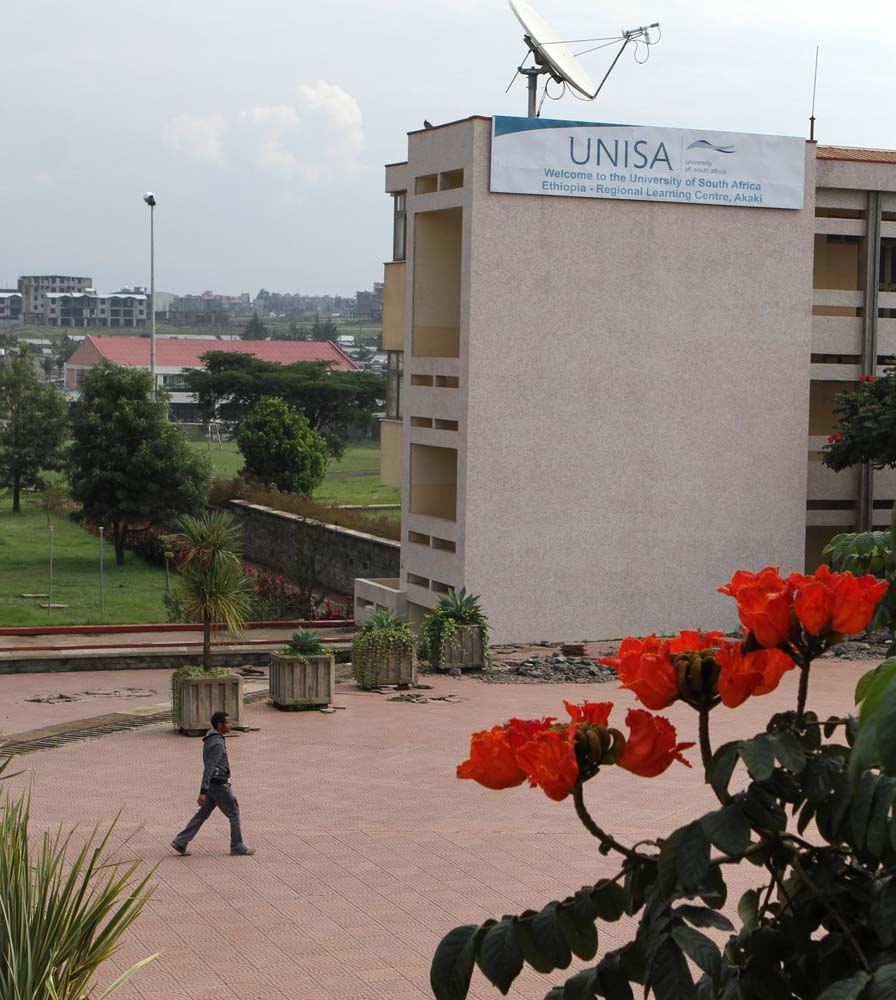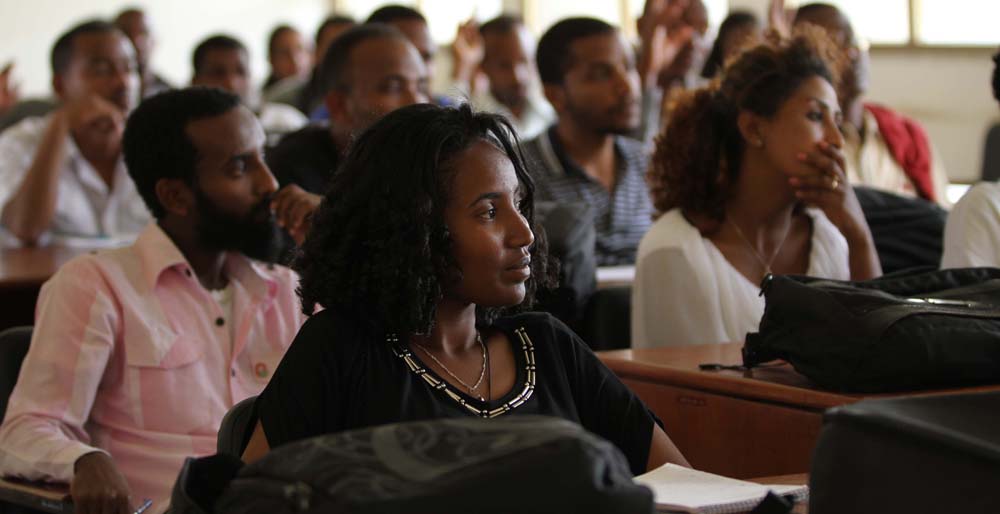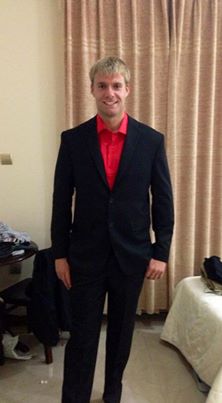By Timothy Landers, RN, PhD
Ohio State College of Nursing
One of the things that has been most impressive in my visit to Gondar is the respect for people and for relationships that is present in every interaction. Every conversation begins with a greeting, ሰላም, “Selam!” Followed by some greeting such as “how are you”, “how is your day going”, or “how are you feeling?” Or more often, all three.
In a typical conversation, each person in the group is acknowledged and receives a handshake. The president of the university greets the department chair, the student, and the housekeeper.
There is a nonverbal conversation among Ethiopian men – what we’ve come to call the “ah-ha.” It is a brief gasp taken with force which is usually uttered when another is speaking. It says, “I am listening, I am interested, I am here.”
When I arrive at my office in the morning, I make it a point to say hello to the co-workers I meet – something I picked up from an airline pilot who told me he ALWAYS greets his flight attendants and co-pilot first thing.
However, it’s not the same kind of recognition and appreciation for the other person that I have seen in our visit to Ethiopia.
In the past two weeks in Ethiopia with each “Selam,” “good morning,” “how are you feeling?” and “how was your day?,” I’ve learned more about my co-workers than I could have in six months in Columbus.
But, I’d like to change.
When I leave Gondar, I am going to be more aware of how I greet those around me – everyone. It’s worth the time to let them know that I am interested in how they are doing. I am hoping to let them know that I value them and am interested in them.
How are you doing today? How are you feeling? Did you have a good night?
After that, I will unlock my door and get to work.
And there is lots of work to do.














